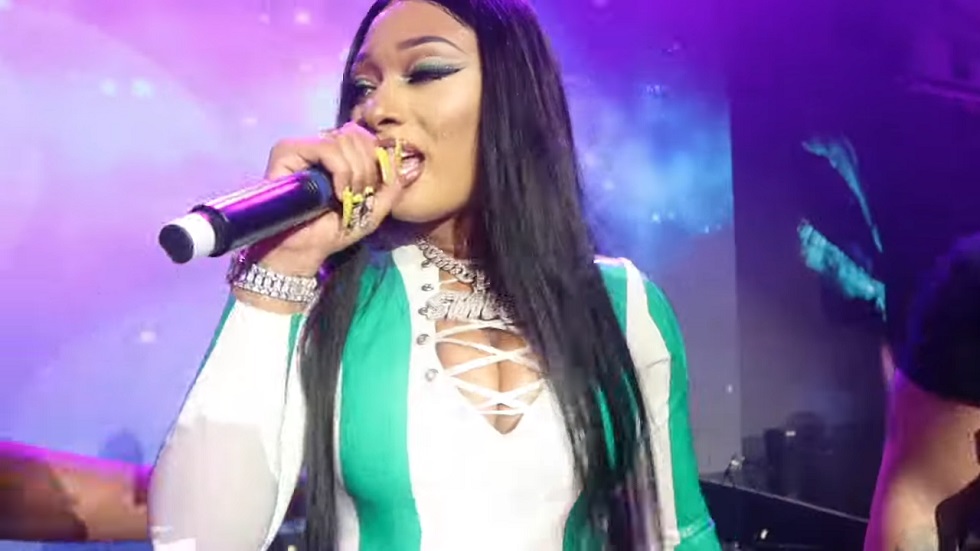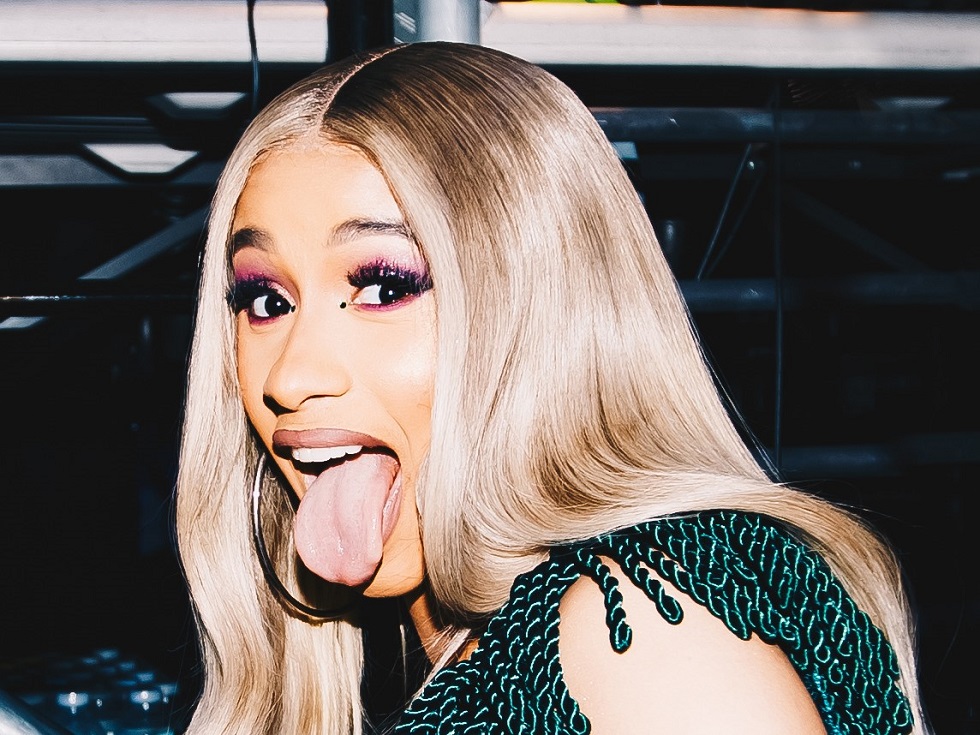From the moment Cardi B and Megan Thee Stallion dropped their single on August 7, “WAP” became the song of 2020. The song that inspired a million hot takes, double takes, and take downs. The song that represented an empowered, unapologetic Black female sexuality, or that signaled yet another crisis of the airwaves/nation/universe. “Raunchy,” “savage,” “nasty,” “twerk-ready,” “graphic,” “unselfconscious”; the same adjectives ping-ponged across worldviews and think-pieces. Snoop Dogg weighed in, and Ben Shapiro, and Tucker Carlson–pardon me if I’d rather not use up my word count rehashing their ideas. I admired Briana Holt’s no-holds-barred defense of the song for Complex (“Art like ‘WAP’ could not be more valuable and necessary during a time when people are actively trying to unlearn their own biases and recognizing ways that they contribute to the neglect of Black women”); thrilled to see novelist Kaitlyn Greenidge’s take appear in my inbox via her weekly newsletter (“So I watched that video at 6 am, after my baby woke me up, with the volume on low because I didn’t want the beat to disturb her block play. And I loved it. It is one of the few things, recently, that has made me blush”); and nodded along with Dr. Jennifer Turner and Dr. Melissa C. Brown’s conversation about the use of Black feminist scholarship (from Patricia Hill Collins’ “controlling images” to Evelyn Brooks Higginbotham’s “politics of respectability” to Mireille Miller-Young’s “illicit eroticism”) as a lens for reflection on the song, the music video, and reactions to both.

Celebrities, artists, scholars, and the Twitterverse all had their say. So did my students. I’ve never before encountered a song that popped up in so many discussions across so many contexts: “Music, Politics, and Protest in the United States” (obviously); “Introduction to Musicology” (fair enough); and even “History and Literature of Western Music, Part I” (just once). Cardi B and Megan Thee Stallion featured in spirited conversations about everything from the legacy of 1960s freedom songs to music industry advertising tactics to critical listening habits.
For my students, for me, for the invested commentators as well as the casual listeners, “WAP” functions as a manifestation of Josh Kun’s notion of “audiotopia” splayed out on a public stage; the song offers a space within which to feel simultaneously challenged and safe in the negotiation of difference and hybridity. “All musical listening,” Kun posits, “is a form of confrontation, of encounter, of the meeting of worlds and meanings, when identity is made self-aware and is, therefore, menaced through its own interrogation” (Kun, 13). He goes on to argue that “there is no history of racial formation in the Americas that is not a history of popular music and there is no history of inter-American popular music without a history of racial formation” (Kun, 19-20). “WAP,” as Holt points out above, raises the stakes in its unapologetic embrace of sex at the intersection of race, gender, and genre, as well as the necessity (or, at least, desirability) of an intersectional framework in its analysis.
In her December 10 speech accepting Billboard’s Woman of the Year Award, Cardi B called the song “a conversation that I never thought was going to be so big. It pissed off a whole bunch of Republicans for no reason,” she continued with a laugh. “It was just weird.” Perhaps–but in the words of Donald Glover, “this is America.” (And as Charles Holmes puts it in his excellent Rolling Stone article: “outrage is the most powerful currency in the modern music market.”) What I keep coming back to, though, is the audiotopic power of re-listening to cultural flashpoints. The reviews and clickbait and opinion pieces that proliferated in the week following “WAP’s” release came down on one side or the other: this is powerful or this is vulgar, here is what I think and here is what your reaction says about you. Many of my own conversations with friends and discussions with students, on the other hand, tended to go like this: “The first time I listened, I thought…but then I listened again and….” No two people listened in quite the same way, and very few individuals listened the same way twice.
In Kun’s writing, audiotopias highlight music’s “ability to show us how to move toward something better and transform the world we find ourselves in….The emotion and the sensibility that music offers is what leads to a change in who we are, who we want to be, and how we want the world to be” (Kun, 17). It’s a compelling idea given the enduring popularity of “WAP”–as of December 10, it claimed the distinction of being the most streamed song by a female artist on US Apple Music in 2020 despite its August release date (“Puuurrr,” noted Cardi B on Twitter) and the best-selling song by a female artist in the US, not to mention the inspiration for countless reaction videos, parodies, remixes, and dance challenges. Granted the song is a bop, but what else keeps it at the top of the charts? “WAP”-as-audiotopia is also, I think, an appealing idea given the significance of #BlackLivesMatter, given #MeToo, given the devastation of 2020 and glimmers of hope here at the beginning of 2021. When we enter into the soundworld of “WAP” a year from now–after it’s no longer the go-to result of every algorithm–what will we think and what will we learn?
Bibliography
Kun, Josh. Audiotopia: Music, Race, and America Berkeley: University of California Press, 2005.






